While most administrators knew implementing virtual reality into the classroom would be expensive, many didn’t realize its true cost. Now, they’re finding out the price is more than their institution can afford. Is there any way they can make it affordable enough to adopt?
The Actual Cost of Implementing VR in a Classroom
As more universities and colleges integrate VR into their classrooms, the true cost of implementation is becoming clear. For mid-range technology, they should expect to spend $299 to $499 per headset — not counting the other associated expenses.
The concept of a digital twin campus became popular as VR technology progressed since it allowed universities to simulate an in-person experience. Crafting a digital version of campus costs at least $50,000 on average for most, which few have in their budgets to implement. While they’re not limited to replicating their physical campus, they must still create digital environments for lessons — which costs money. K-12 institutions can get away with using free resources, but few advanced versions are available for higher education.
Institutions should be mindful of ongoing costs. Maintenance, add-ons, disinfectants, training and shipping add up over time. They must also include additions like extended head straps, accessible controllers and subtitled environments. While these expenses are low compared to the upfront investment, they’re still significant.
Will VR become more affordable? As of 2024, an average VR headset costs about $427 and will likely still be $424 by 2028. In other words, prices aren’t going to drop substantially any time soon. Betting on affordability will likely not be effective in the short term.
How to Get More Budget Devoted to VR Technology
In some cases, an institution may be able to devote more funds to VR implementation — educators just need to negotiate for it. While this may not be feasible for every school, it is worth a try.
The first way universities and colleges can attempt to secure a larger budget for VR is to raise awareness of this technology’s effectiveness. In one study, 90% of higher education students felt it improved their learning outcomes. The potential for higher graduation rates may entice administrators.
Another method involves proving the value of VR. Its implementation would act as a draw for digital natives, out-of-state students and those attending classes online. The revenue boost from extra tuition and fees would offset investment expenses.
Faculty should consider writing grant proposals to source funding for VR environment building. Numerous businesses, charitable organizations and government agencies provide money for technological implementation in education. Alternatively, professionals can increase their VR budget by proving they can make implementation more affordable. Leveraging existing resources like computers and free VR content will decrease the upfront investment cost, prompting administrators to be more accepting.
If the value and effectiveness of VR don’t sway administrators, they might still consider devoting more of the budget to it if students fundraise. Classes, groups or clubs wanting the technology can raise the funds themselves to alleviate investment expenses. If all else fails, students can absorb the cost.
In one case study, a university’s VR-related operational expenses totaled nearly $19,400 after two semesters — and the price-per-student came out to $15.75 per visit to the VR lab. Interested students may accept the need to pay a similarly small fee in exchange for the benefits of this technology.
Tips for Lowering the Cost of VR Implementation
Even if administrators agree to devote a more significant chunk of the budget to VR, there may still be insufficient funds for the latest devices. Fortunately, low-cost alternatives enable affordable implementation. While they can work well in a university setting, they don’t offer the same level of interactivity and movement.
Cardboard headsets are one of the most inexpensive options available. They cost roughly $10 each at most — a striking difference from the $427 average. Students put their smartphones inside these devices to experience the digital environment. Understandably, the experience isn’t as intuitive as standard VR and should be considered a different category when designing and implementing a VR education strategy.
Standalone VR headsets have 6 degrees of freedom, allowing students to pivot, tilt, swivel and move. On top of this, most standalone headsets like the Meta Quest offer high precision hand controllers, which enable more advanced interaction in the virtual environment. In contrast, the cardboard alternatives only have three degrees of freedom and limited input. They rely on phones’ built-in sensors — gyroscopes and accelerometers — restricting head rotation and forcing users to remain at a standstill in the digital environment.
Alternatively, 360° content works nearly as well as VR environments for certain types of experiences. Although they’re not as interactive, students can look around and view settings in an immersive way. They’re especially useful for virtual field trips or the study of a specific object where photorealism adds to the learning context.
While the benefits of immersive head mounted display-based VR can enhance learning, flatscreen experiences on computers and mobile devices can still enable users to interact with a virtual environment. For many students, it is more accessible and convenient than standard headsets. Additionally, it helps distribute implementation costs across devices. It’s always suggested to find virtual learning software which supports a broad range of immersive VR and flatscreen devices.
How to Implement VR in the Classroom Effectively
Universities and colleges should know how to implement VR effectively to get the most out of their limited budgets.
Define VR Use Cases
VR can improve learning outcomes. According to one study, 15% of students who used it earned higher grades. Institutions should explore cases where implementation will be most effective. To best evaluate results, there are six key indicators that educators can track to measure the efficacy of VR learning.
Implement VR Gradually
Universities and colleges should start small — gradual implementation allows them to identify and address gaps, calculate the cost of scaling, and track how the technology impacts learning outcomes. If done correctly, it can be more affordable and result in better experiences than widespread, immediate implementation.
Leverage Low-Cost Content
While many free resources are targeted for K-12, higher education institutions can still leverage low-cost content. For instance, Google Arts and Culture, Discovery VR, and Google Expeditions offer free tours and environments. Alternatively, hundreds of 360° videos exist on YouTube.
Provide Extensive Training
Faculty and students need training to increase the effectiveness of VR-driven lessons and to minimize maintenance costs. Administrators should consider creating a video guide to accelerate learning and provide individuals with a reference tool.
Insure VR Headsets
Part of effective implementation involves repair. If classrooms are short multiple devices because of careless students, learning outcomes will suffer. Administrators should either have students agree to insure devices or cover costs if the devices become damaged or lost.
Institutions Can Make VR on a Budget Work
In conclusion, the integration of VR into educational settings presents both a formidable challenge and a promising opportunity for enhancing learning outcomes on a budget. Despite the financial hurdles associated with high initial costs and ongoing expenses, institutions can adopt strategic approaches to make VR technology more accessible. By prioritizing value demonstration, leveraging low-cost content, seeking external funding, and encouraging community fundraising, schools can gradually introduce VR into their curriculum. Additionally, embracing a variety of VR options, from low-cost cardboard headsets to more immersive standalone devices, allows for flexibility in implementation based on available resources. Ultimately, the successful adoption of VR in education requires a collaborative effort among administrators, educators, and students to maximize the technology’s potential for improving academic achievements without compromising financial sustainability. This balanced approach underscores the importance of innovative thinking and strategic planning in overcoming the cost barriers of VR, enabling institutions to offer cutting-edge educational experiences that prepare students for the future.



